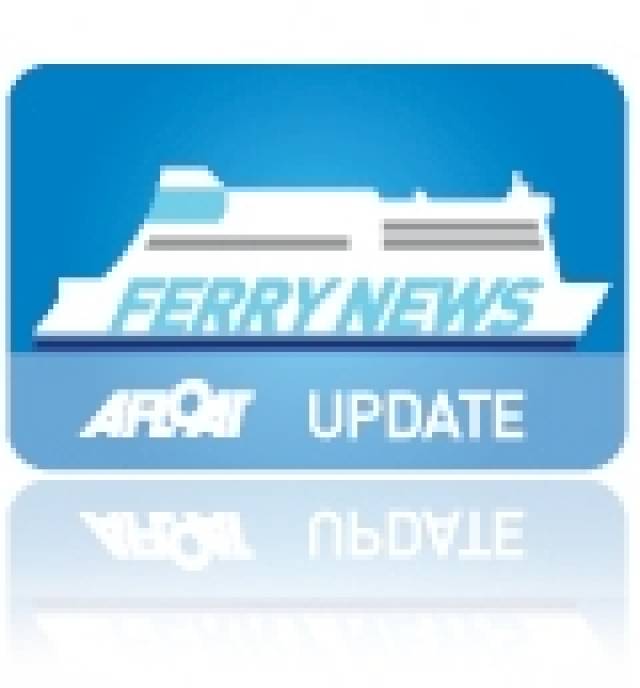#FERRY NEWS – A £4m upgrade of Stena Line's Belfast-Birkenhead (Liverpool) sisters has been completed at Harland & Wolff. The work was carried on the pair of 27,000 tonnes ships by Newry based specialist marine outfitters MJM Marine, writes Jehan Ashmore.
Work on the 980-passenger vessels Stena Mersey and Stena Lagan began in March and ended last month. During that timeframe the Stena Feronia which was in a collision with a cargoship in Belfast Lough, was deployed to cover the overhaul of the sisters, now sporting Stena Line livery.
The investment programme introduced on board entails facilities such as a lounge pod-area featuring several iMacs, a trucker's lounge, free wi-fi and a bar & grill and a restaurant.
In addition the refurbishment has improved customer experience with the inclusion of an improved shop, improved guest services, and cinema offering guests free movies during the north Irish Sea crossing.
The pair built by Visentini, the Italian shipbuilder based near Venice, can handle 2,662 freight lane metres are now owned by a subsidiary of Stena Line, in the form of Stena RoRo which purchased the vessels from a German bank.
Beforehand the ferries were part of Epic Shipping which chartered them in turn to DFDS Seaways. The Danish owned operator's short-lived Irish Sea route network venture was sold last year to Stena which included the sisterships.
Stena RoRo also purchased the Visentini built ro-pax Watling Street and also from the same yard the former Celtic Link ro-pax Norman Voyager, which is currently back on its original Portsmouth-Le Havre route running on charter to French ferry operator LD Lines.
Meanwhile Celtic Link's existing Rosslare-Cherbourg route vessel Celtic Horizon, is on a five year charter from an offshoot of the same Italian shipbuilder and again is another vessel of the successful ro-pax design.































































